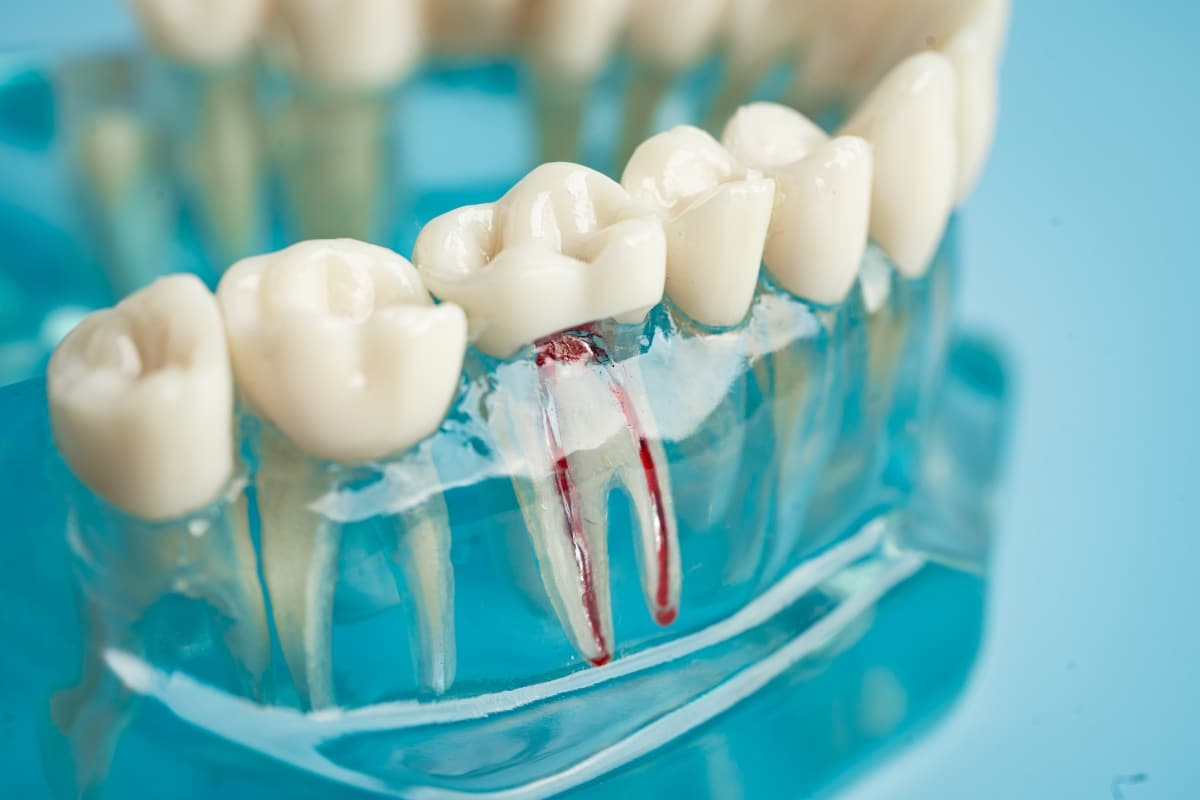Have you ever heard about the dynamic duo of dental care—root canal therapy and crowns? If not, get ready to dive into the world of dental restoration! These treatments play a vital role in saving teeth and enhancing your smile. Understanding how root canal therapy and crowns work together can make the process less intimidating and more enlightening. So, let’s get started!
What Is Root Canal Therapy?
Root canal therapy is a procedure that helps treat infections and damage in the tooth's pulp. The pulp is the innermost part of the tooth, containing nerves and blood vessels. When bacteria invade this area, it can lead to pain and infection. In this situation, your dentist may recommend root canal therapy to save the tooth.
During the procedure, the dentist removes the infected pulp and cleans the inside of the tooth. Afterward, they fill and seal it to prevent further issues. But here’s where crowns come into play!
Defining Dental Crowns
Dental crowns are like protective caps placed over teeth. They help restore the tooth's shape, size, strength, and appearance. Crowns are often necessary after root canal therapy to provide additional support and protect the remaining tooth structure. So, let’s explore how root canal therapy and crowns work hand in hand.
How Do Root Canal Therapy and Crowns Work Together?
The synergy between root canal therapy and crowns is remarkable. Here’s a step-by-step look at how they complement each other:
- Root Canal Procedure: First, your dentist performs the root canal to eliminate infection and save the tooth. This step is crucial because it allows you to keep your natural tooth instead of opting for extraction.
- Tooth Preparation: After the root canal, the tooth may feel weakened. To protect it, the dentist will prepare it for a crown. This involves shaping the tooth to ensure a proper fit for the crown.
- Crown Placement: Once the tooth is prepared, the dentist takes impressions to create a custom crown. This crown is designed to match your natural teeth, ensuring a seamless look. After the crown is ready, your dentist will place it over the treated tooth, providing strength and protection.
- Final Touches: Your dentist will ensure the crown fits perfectly and aligns with your bite. Once everything looks great, you leave the office with a restored smile!
Benefits of Combining Root Canal Therapy and Crowns
Combining root canal therapy and crowns offers several benefits:
- Preservation of Natural Teeth: These treatments work together to save your natural teeth, allowing you to maintain your smile.
- Enhanced Functionality: Crowns restore the tooth’s strength, allowing you to chew and speak comfortably.
- Aesthetics: Crowns can be customized to match the color and shape of your natural teeth, ensuring a beautiful smile.
- Durability: Crowns are designed to withstand everyday wear and tear, providing long-lasting support.
What to Expect During Your Treatment?
Understanding what happens during the root canal and crown placement process can help ease any anxiety. Here’s a quick overview:
- Consultation: Your dentist will examine your tooth and discuss your treatment options. They may take X-rays to assess the damage.
- Root Canal Procedure: You’ll receive local anesthesia to numb the area. The dentist will then clean out the infected pulp and seal the tooth.
- Temporary Crown: After the root canal, your dentist may place a temporary crown to protect the tooth until the permanent crown is ready.
- Crown Fitting: Once the custom crown is prepared, you’ll return to have it fitted and secured in place.
- Post-Treatment Care: Your dentist will provide care instructions to ensure your crown remains in top condition.
Aftercare for Root Canal Therapy and Crowns
Taking care of your newly treated tooth is essential. Here are some tips to keep in mind:
- Maintain Oral Hygiene: Brush and floss regularly to keep your mouth healthy. Pay special attention to the crowned tooth.
- Avoid Hard Foods: In the days following your treatment, steer clear of hard or sticky foods that could damage the crown.
- Regular Dental Visits: Schedule check-ups with your dentist to monitor the health of your crowned tooth and overall oral health.
When to Contact Your Dentist?
These treatments are generally successful, but there may be times when you need to contact your dentist. Reach out if you experience:
- Persistent pain or discomfort
- Sensitivity to hot or cold temperatures
- Any signs of infection, such as swelling or fever
Your dentist is your best resource for addressing any concerns and ensuring a smooth recovery.
Incorporating root canal therapy and crowns into your dental care can significantly enhance your smile. These treatments work together to save your teeth, restore functionality, and improve aesthetics. Remember, your dentist is here to guide you through the process and provide the care you need. If you have any questions or concerns, don’t hesitate to contact a local dentist Tomball, TX. They can help you navigate your dental journey with confidence!
